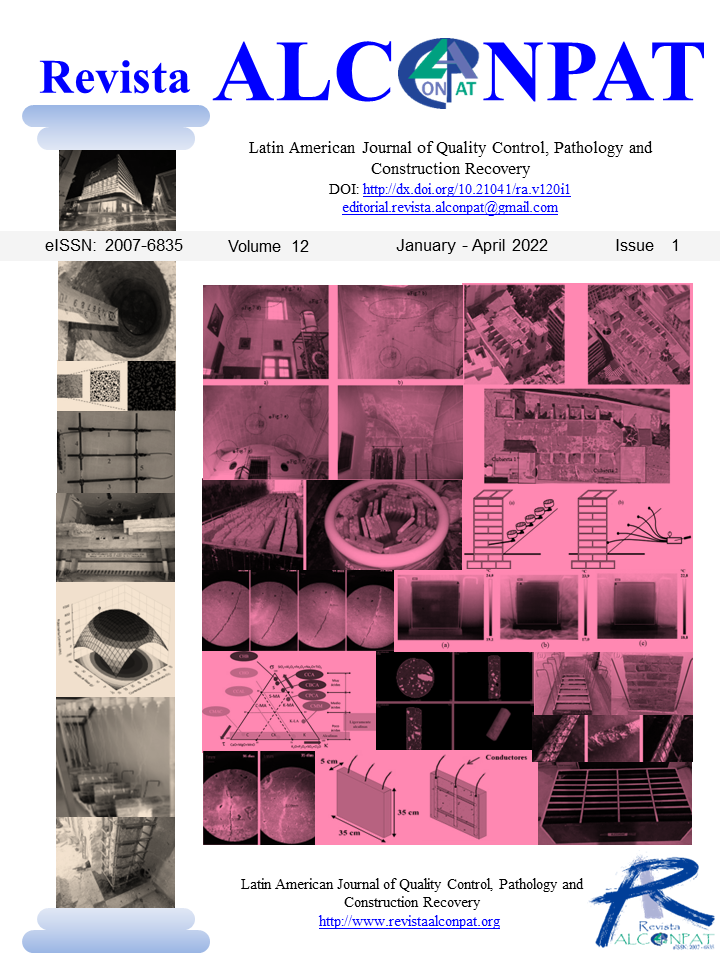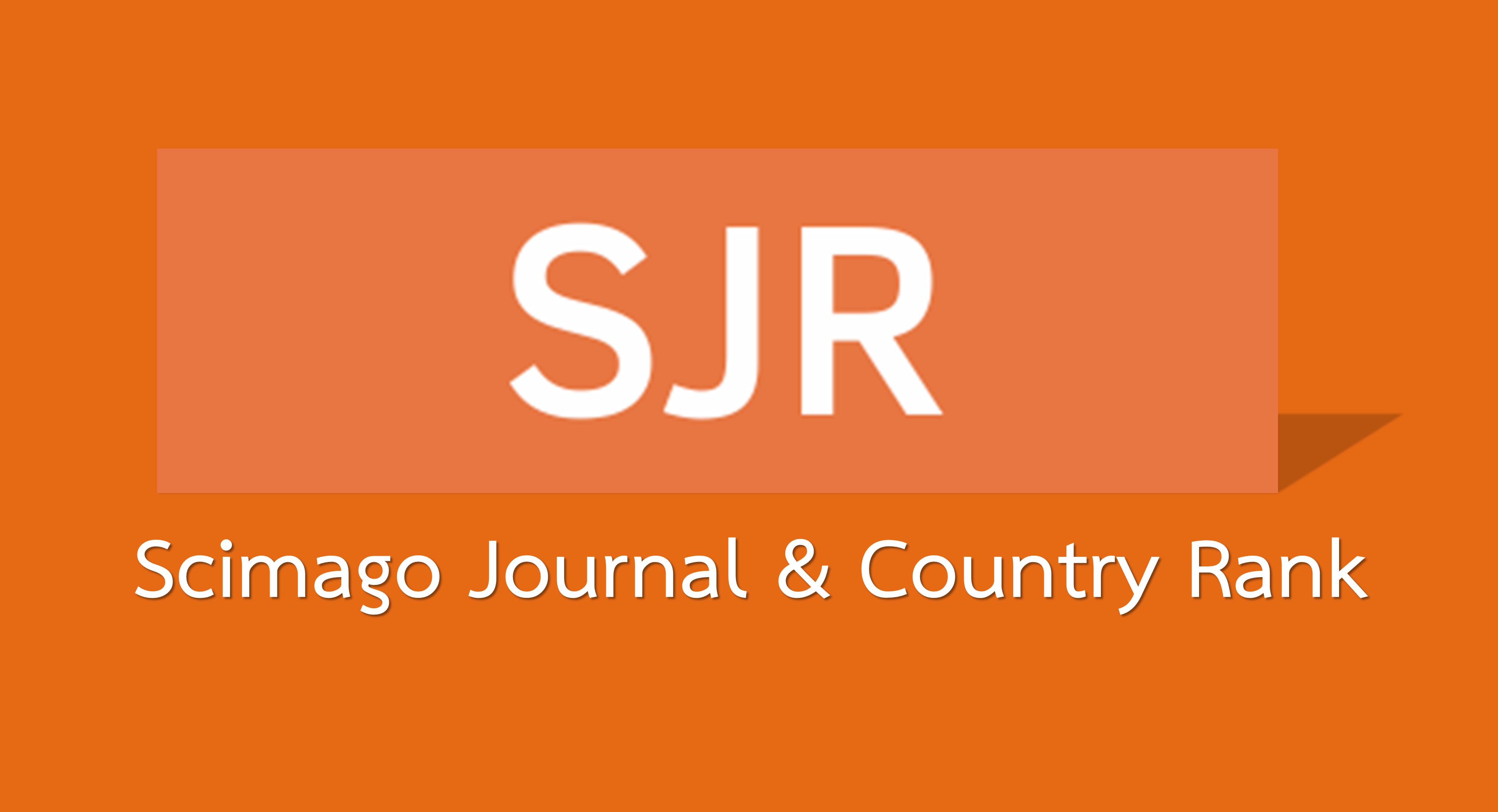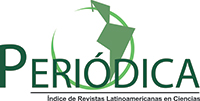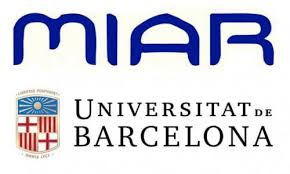30 years of rubberized concrete investigations (1990-2020). A bibliometric analysis
DOI:
https://doi.org/10.21041/ra.v12i1.554Keywords:
rubberized concrete, construction, crumb rubber, bibliometric analysis, Methodi OrdinatioAbstract
This work presents a bibliometric study of the literature on the use of recycled rubber from tires in the construction industry to promote its use as a ‘raw’ material to reduce pollution at a global level. Published papers between 1990 and 2020 in both databases Scopus and Web of Science (WoS) were taken into account using the Methodi Ordinatio and the VOSviewer software. A total of 967 documents on the use of recycled rubber in structural and non-structural concrete have been published during this time frame and 1182 authors have contributed on the subject. Since 2010, the interest of researchers to introduce recycled rubber in construction applications has increased markedly. China, the United States of America and Australia are the leading countries in rubberized concrete research.
Downloads
References
Al-Salem, S. M., Lettieri, P., Baeyens, J. (2009). Recycling and recovery routes of plastic solid waste (PSW): A review. Waste Management, 29(10), 2625–2643. https://doi.org/10.1016/j.wasman.2009.06.004
Ataria, R. B., Wang, Y. C. (2019). Bending and shear behaviour of two layer beams with one layer of rubber recycled aggregate concrete in tension. Structures, 20, 214–225. https://doi.org/10.1016/j.istruc.2019.03.014
Chen, Z., Li, L., Xiong, Z. (2019). Investigation on the interfacial behaviour between the rubber-cement matrix of the rubberized concrete. Journal of Cleaner Production, 209, 1354–1364. https://doi.org/10.1016/j.jclepro.2018.10.305
de Campos, E. A. R., Pagani, R. N., Resende, L. M., Pontes, J. (2018). Construction and qualitative assessment of a bibliographic portfolio using the methodology, Methodi Ordinatio. Scientometrics, 116(2), 815–842. https://doi.org/10.1007/s11192-018-2798-3
Ghosh, S. K. (Ed.). (2019). Waste Management and Resource Efficiency: Proceedings of 6th IconSWM 2016. Springer Singapore. https://doi.org/10.1007/978-981-10-7290-1
Najim, K. B., Hall, M. R. (2012). Mechanical and dynamic properties of self-compacting crumb rubber modified concrete. Construction and Building Materials, 27(1), 521–530. https://doi.org/10.1016/j.conbuildmat.2011.07.013
Onuaguluchi, O., Panesar, D. K. (2014). Hardened properties of concrete mixtures containing pre-coated crumb rubber and silica fume. Journal of Cleaner Production, 82, 125–131. https://doi.org/10.1016/j.jclepro.2014.06.068
Pagani, R. N., Kovaleski, J. L., Resende, L. M. (2015a). Methodi Ordinatio: A proposed methodology to select and rank relevant scientific papers encompassing the impact factor, number of citation, and year of publication. Scientometrics, 105(3), 2109–2135. https://doi.org/10.1007/s11192-015-1744-x
Pagani, R. N., Kovaleski, J. L., Resende, L. M. (2015b). Methodi Ordinatio: A proposed methodology to select and rank relevant scientific papers encompassing the impact factor, number of citation, and year of publication. Scientometrics, 105(3), 2109–2135. https://doi.org/10.1007/s11192-015-1744-x
Pamplona Solis, B., Cruz Argüello, J. C., Gómez Barba, L., Gurrola, M. P., Zarhri, Z., Trejo Arroyo, D. L. (2019). Bibliometric Analysis of the Mass Transport in a Gas Diffusion Layer in PEM Fuel Cells. Sustainability, 11(23), 6682. https://doi.org/10.3390/su11236682
Pelisser, F., Zavarise, N., Longo, T. A., Bernardin, A. M. (2011). Concrete made with recycled tire rubber: Effect of alkaline activation and silica fume addition. Journal of Cleaner Production, 19(6–7), 757–763. https://doi.org/10.1016/j.jclepro.2010.11.014
Perez, J. G. (2015). Plan de Manejo de Neumáticos Usados de Desecho. 79.
Roychand, R., Gravina, R. J., Zhuge, Y., Ma, X., Youssf, O., Mills, J. E. (2020). A comprehensive review on the mechanical properties of waste tire rubber concrete. Construction and Building Materials, 237, 117651. https://doi.org/10.1016/j.conbuildmat.2019.117651
Ruwona, W., Danha, G., Muzenda, E. (2019). A Review on Material and Energy Recovery from Waste Tyres. Procedia Manufacturing, 35, 216–222. https://doi.org/10.1016/j.promfg.2019.05.029
Su, H., Yang, J., Ling, T.-C., Ghataora, G. S., Dirar, S. (2015a). Properties of concrete prepared with waste tyre rubber particles of uniform and varying sizes. Journal of Cleaner Production, 91, 288–296. https://doi.org/10.1016/j.jclepro.2014.12.022
Su, H., Yang, J., Ling, T.-C., Ghataora, G. S., Dirar, S. (2015b). Properties of concrete prepared with waste tyre rubber particles of uniform and varying sizes. Journal of Cleaner Production, 91, 288–296. https://doi.org/10.1016/j.jclepro.2014.12.022
Thomas, B. S., Gupta, R. C., Panicker, V. J. (2016). Recycling of waste tire rubber as aggregate in concrete: Durability-related performance. Journal of Cleaner Production, 112, 504–513. https://doi.org/10.1016/j.jclepro.2015.08.046
What a Waste 2.0: A Global Snapshot of Solid Waste Management to 2050. (2019, January 7). Green Growth Knowledge Platform. https://www.greengrowthknowledge.org/research/what-waste-20-global-snapshot-solid-waste-management-2050
Xue, J., Shinozuka, M. (2013). Rubberized concrete: A green structural material with enhanced energy-dissipation capability. Construction and Building Materials, 42, 196–204. https://doi.org/10.1016/j.conbuildmat.2013.01.005
Yang, Z., Ji, R., Liu, L., Wang, X., Zhang, Z. (2018). Recycling of municipal solid waste incineration by-product for cement composites preparation. Construction and Building Materials, 162, 794–801. https://doi.org/10.1016/j.conbuildmat.2017.12.081
Youssf, O., ElGawady, M. A., Mills, J. E., Ma, X. (2014). An experimental investigation of crumb rubber concrete confined by fibre reinforced polymer tubes. Construction and Building Materials, 53, 522–532. https://doi.org/10.1016/j.conbuildmat.2013.12.007
Downloads
Published
How to Cite
Issue
Section
License
_______________________________
License in effect from September 2020
You are free to:
- Share — copy and redistribute the material in any medium or format for any purpose, even commercially.
- Adapt — remix, transform, and build upon the material for any purpose, even commercially.
- The licensor cannot revoke these freedoms as long as you follow the license terms.
Under the following terms:
- Attribution — You must give appropriate credit , provide a link to the license, and indicate if changes were made . You may do so in any reasonable manner, but not in any way that suggests the licensor endorses you or your use.
- No additional restrictions — You may not apply legal terms or technological measures that legally restrict others from doing anything the license permits.
Notices:
You do not have to comply with the license for elements of the material in the public domain or where your use is permitted by an applicable exception or limitation .
No warranties are given. The license may not give you all of the permissions necessary for your intended use. For example, other rights such as publicity, privacy, or moral rights may limit how you use the material.





















.png)














